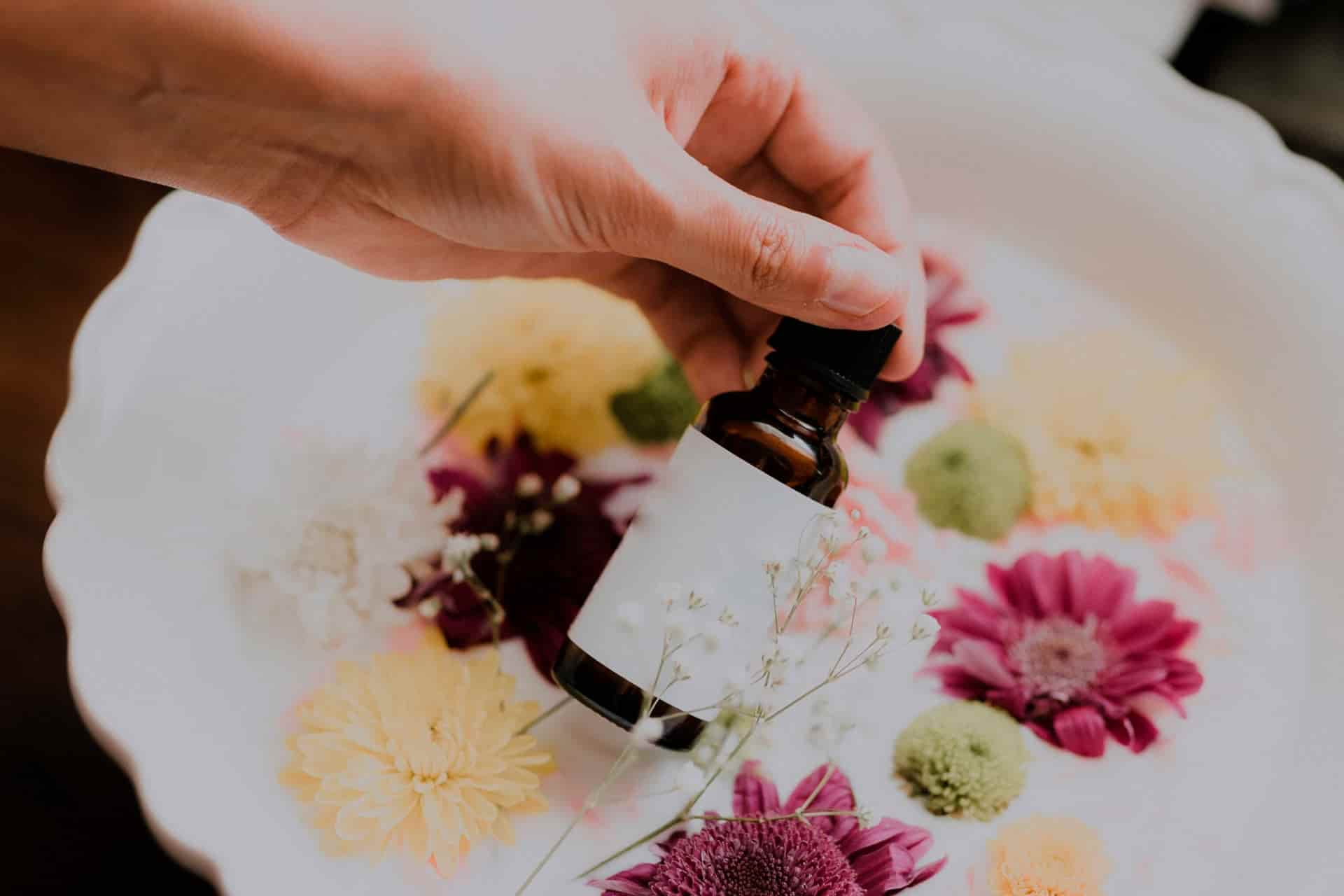
In the natural skincare world, essential oils are the superheroes that we love to look up to. They are powerful, fragrant, healing, and can be phototoxic? Yes, you read that correctly! Not all essential oils are safe to use with sun exposure and that makes them phototoxic. Read on to learn more about phototoxic essential oils and which oils are not safe to use in the summertime.
Essential oils can help us treat anything from skin to hair. They can even help boost your immune system in the wintertime when you need it most! However, that doesn’t mean that these powerful natural oils are safe to use in every way. At WapoBeauty, we always insist on the importance of learning about ingredients, such as essential oils, before using them. Remember that just because you’ve seen it on YouTube or a beauty blog that doesn’t mean it’s safe to use!
Phototoxicity is the quality of a certain product or ingredient that makes it more vulnerable to sunlight and can cause a photosensitive reaction. Essentially, when you use an ingredient that is phototoxic, it makes you more susceptible to the sun’s ultraviolet rays, which can kill cells and damage tissue. A photosensitive reaction or phototoxic burn can take around 24 hours to appear and can range anywhere from a first to third-degree burn. The phototoxicity of essential oils comes from their extraction, usually through the expression method. Unfortunately, the expression or cold-pressed method leaves behind molecules called furanocoumarins which are volatile and responsible for phototoxicity.
Phototoxicity lasts for about 24 hours. If you are planning to be in the sun or tan within the next 24 hours, you should avoid these essential oils:
Citrus essential oils are most commonly phototoxic due to their form of extraction. Lime essential oil often uses the cold-pressed or expression method, thereby making it phototoxic. It’s best to refrain from using this essential oil topically.
Lemon essential oil can treat morning sickness, breast health, and give a nice dose of energy. However, this oil is moderately phototoxic because of its levels of furocoumarin. While the origin of the lemon affects its level of phototoxicity, it’s best to avoid this oil altogether if you’re getting sun exposure.
Grapefruit essential oil usually finds its way into holistic health products for its calming effects. This essential oil has a reputation for its anti-ageing and weight loss properties. Nonetheless, it is moderately phototoxic, so please use this oil with caution.
The Bergamot fruit is a citrus hybrid that has unclear origins and perhaps it’s that combination of genes that make this one of the most phototoxic citrus oils. This essential oil is known for its anxiolytic, analgesic, and antidepressant properties. However, if you can find a bergapten-free version of essential oil, you can safely use it in both perfumes and cosmetics.
In aromatherapy, mandarin leaf essential oil is well-known for its calming properties. Furthermore, it can help relax the muscles, as well as treat dyspepsia and gastritis. We recommended against using this topically, as it is also phototoxic.
An ancient plant, the Angelica Root was once known as the “Holy Ghost Root”. This powerful essential oil has many uses which range from fighting infections to treating the immune system to detoxing the body. Derived from the root and seeds of the plant, this essential oil is also phototoxic.
This essential oil is popular for its woody almost fruity fragrance. However, as it is also phototoxic it has been banned from being used in perfumes. Still, people continue to use this essential oil in aromatherapy, but with extreme care.
With its rich, almost peppery aroma, cumin essential oil is popular in aromatherapy. Regardless, it must be diluted to a 0.4% otherwise it becomes phototoxic. This essential oil is also not recommended for women who are pregnant or nursing as it has antifertility properties.
Tagete is a variety of the marigold flower and therefore provides a sweet, floral scent. It has antifungal and antibacterial properties, but once again must be properly diluted. This essential oil can only be used topically at 0.1% as it becomes phototoxic at any level above that.
Although essential oils are wonderful for anyone looking for more natural skincare, it’s vital to use them safely and effectively. For more information on essential oils, browse WapoBeauty’s Skincare Blog. Anyone looking to craft natural skincare at home, be sure to check out WapoBeauty’s Shampoo Bar eBook. Those searching for guided learning should visit WapoBeauty’sComplete Facial Skincare Online Course for Beginners and discover how to make professional, safe, and stable natural beauty products. Join the ranks of students who found this class valuable and rewarding!
Ashuni Pérez is an American writer based in Valencia, Spain. She has a passion for natural beauty and the environment. Ashuni loves to cycle and drink smoothies in the sun. Follow her on Instagram at @ashuuuuni
© 2024 Wapo.ie